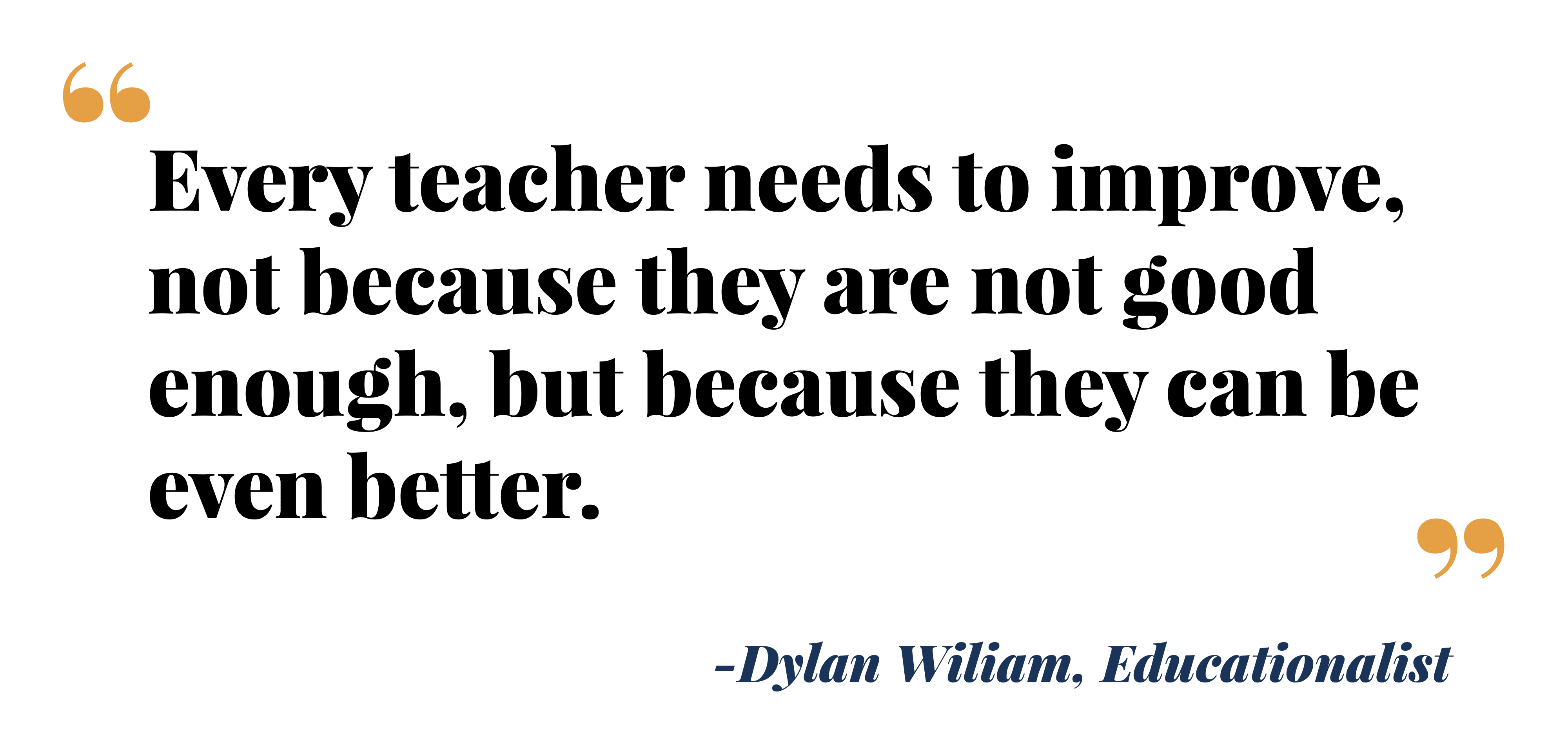Continuous Professional development, a concept well known to many, is a topic that can truly transform your professional journey. If you’ve ever wondered what it is and why it’s so crucial for your career growth as a teacher and trainer, this is your cue to keep reading.
Continuous Professional development, or CPD, is the never-ending pursuit of knowledge. A type of holistic approach towards your growth and improvement in your professional and personal domains. Imagine If one day people stopped learning and growing after their degrees and basic qualifications, how would innovation and progress occur in such a scenario? The truth is, they wouldn’t.
CPD is the ultimate source of power that keeps the engines of progress running, both at the individual and collective levels. That is why CPD training and CPD courses have a rapidly increasing market value. Which is exactly the reason why, according to the EPI report for 2021, schools in England will spend around £3,000 per teacher on professional development in a year, which is far more than the budget allocated for continuing professional development for teachers in previous years.

What is CPD in Education?
Continuous Professional Development in education refers to the process of ongoing learning and improvement that teachers, educators and other professionals in the field of education engage in to improve their skills, knowledge, and teaching practices. The goal of CPD is to ensure that educators stay up-to-date with the latest research, pedagogical practices, and best approaches in education, which ultimately leads to improved outcomes for learners as well as the educators themselves. Learning new skills and applying them in the classroom can also lead to a more effective teaching environment.
For instance, CPD training for teachers on inclusive pedagogies can help them ensure that they are meeting every learner’s needs and including those most at risk of exclusion, by developing inclusive teaching skills. CPD aims to aid educators in an uncomplicated yet impactful way to enhance their personal growth without the need for substantial costs or excessive time commitments. Ultimately, to achieve impactful success, CPD courses should primarily emphasise practicality, relevance, affordability, and a pleasant learning experience.

CPD in education can take various forms, including workshops, webinars, conferences, online courses, peer collaboration, mentoring, self-directed learning, and more. Depending on the requirements and resources available, the institutes or the educators themselves can work towards continuing their professional development.
Keeping Record of CPD:
Tracking CPD progress by keeping a proper log is the next most essential step, so it is easier to monitor the journey of professional development. A well-maintained log allows teachers to document completed activities, providing a comprehensive record of acquired skills and knowledge. This will serve as a valuable resource for reflection, goal setting, and ensuring compliance with certification or licencing requirements, enabling educators to make informed decisions and continually enhance their teaching practices.
Types of CPD:
Formal CPD and informal CPD are two different ways to continue professional development, each with its own characteristics and benefits.
Formal CPD is structured and organised; it is a learning opportunity that typically requires participation in courses, workshops, conferences, or training sessions. These activities are often designed to address specific learning objectives and may be offered by educational institutions, professional organisations, or accredited training providers. Some key features of formal CPD include:
- Courses and Workshops: Teachers enrol in formal courses or attend workshops that are designed to provide in-depth knowledge on specific topics, teaching methodologies, or subject areas.
- Professional Certifications: Some formal CPD programmes may lead to certifications, which validate an educator’s expertise in a particular field.
- Structured Curriculum: Formal CPD often follows a structured curriculum with defined learning outcomes and assessments to measure the participants’ progress.
- Facilitated Learning: Experienced instructors or facilitators typically oversee these activities and lead the participants through the learning process.
- Continuing Education Credits: Many formal CPD programmes offer continuing education credits or units that can be used for professional development tracking and licencing purposes.
Informal CPD refers to self-directed and less structured learning opportunities that educators can engage in at their own pace. It involves seeking knowledge and skills outside of traditional classroom settings. Informal CPD may refer to the following activities:
- Self-Study: Educators may read books, articles, research papers, or news articles related to education, teaching techniques, or current trends in the field.
- Podcasts and Webinars: Listening to educational podcasts or participating in webinars provides access to valuable insights and expert opinions on various educational topics.
- Online Resources: There are numerous online platforms offering free educational resources, including video tutorials, educational blogs, and interactive learning materials.
- Peer Learning: Informal CPD can also involve discussions and knowledge-sharing with colleagues or participating in online forums and educational communities.
- Reflective Practice: Engaging in self-reflection and evaluating past teaching experiences can be a form of informal CPD, it helps educators identify areas for improvement.

Why is continuing professional development so important?
The reason why Continuous Professional Development should be a priority is that CPD ensures both academic and practical qualifications do not become obsolete and that educators are constantly up-skilling and re-skilling themselves in their field.
Here are some compelling reasons why CPD should be the most important goal as an educator:
- To Enable Effective Learning Experience: CPD allows educators to explore new teaching methodologies and strategies, enabling them to create more engaging and effective learning experiences for their students. It helps educators adapt their teaching styles to cater to diverse student needs and learning preferences.
- To Improve Student Outcome: By staying up-to-date with the latest research and best practices in education, teachers can implement evidence-based approaches that have been shown to improve student achievement and academic performance.
- To keep up with the latest technology: Education is constantly evolving, especially with the integration of technology and changing societal needs. CPD enables educators to adapt to these advancements and leverage new tools and methodologies effectively.
- To Address the day-to-day learning challenges: CPD provides educators with the knowledge and tools to address various learning challenges that students might face, including those with special educational needs. It equips them to create inclusive and supportive learning environments.
- To encourage development and progress for student: Teachers who actively pursue their own professional development set a positive example for their students. By demonstrating a commitment to continuous learning, educators encourage students to embrace a similar mindset and value lifelong learning.
- To build a community that is supportive and progressive: We always learn more from others. Engaging in CPD often involves collaborating with other educators, sharing experiences, and learning from one another. This fosters a sense of companionship and a supportive professional community.
- To develop provide opportunities for educators to develop leadership skills: As they become more knowledgeable and skilled, they may take on leadership roles within their schools or educational institutes, positively impacting the broader educational community.

Final Thoughts
The significance of Continuing Professional Development (CPD) in education cannot be overstated or stressed enough. Learning in education is not a destination; it’s a lifelong journey. And embracing this lifelong learning journey through CPD empowers educators to stay ahead of evolving pedagogical methods, cultivate a culture of innovation in the classroom, and integrate revolutionary technologies. By actively participating in CPD opportunities, teachers and leaders in education can kindle the learners’ intellect and, overall, change the learning experience. As the educational landscape continues to evolve, CPD remains the key to nurturing effective and dynamic educators who, in turn, enrich the lives of their students and shape the future of society.
























